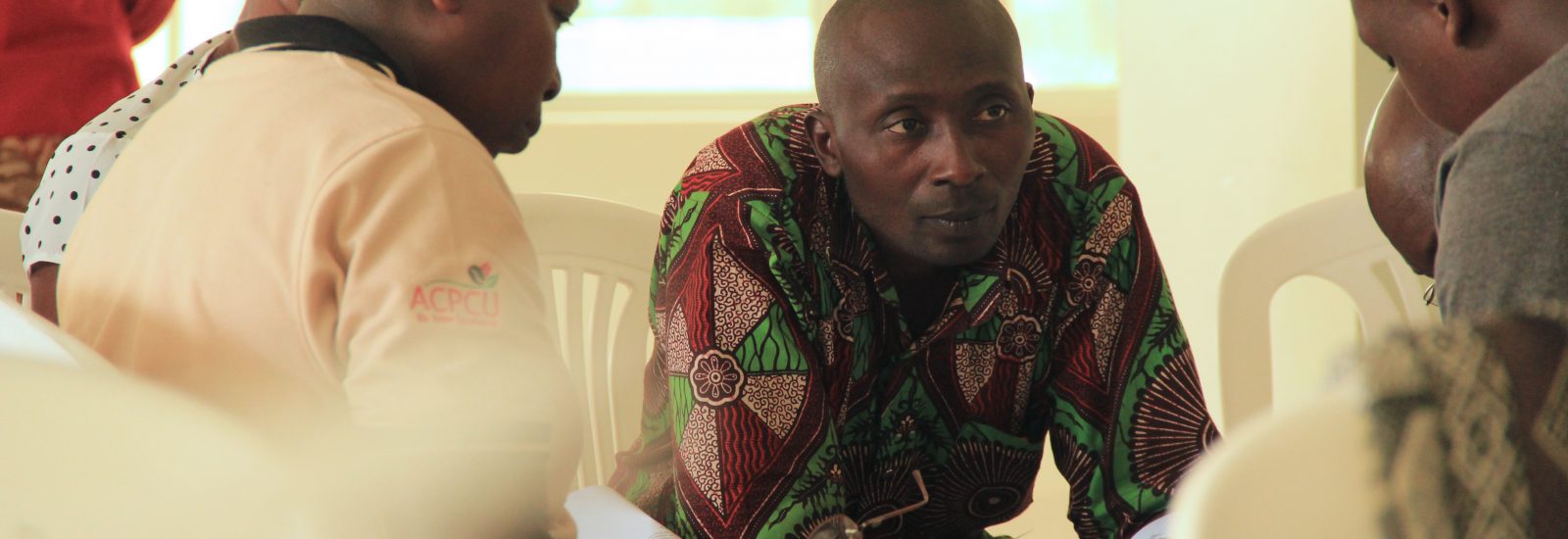Written by Brian Ngetich
Without a doubt mobile technologies are offering new opportunities aimed at addressing the most pressing social problems in emerging economies across the globe. However, the success of any innovative mobile solution depends on how a given market inside an emerging economy accounts for the specific economic, technical and human limitations. including: lack of internet or low internet speed, low financial liquidity, low technical and financial literacy levels and lastly lack of electricity.
FarmDirect is one such innovative solution. As a service, FarmDirect is developed in such a way that it takes into consideration the contextual factors and is therefore well positioned to be successful. FarmDirect structures unstructured value chains, improves market linkages, tracks productivity and analyses profit and loss. Additionally, FarmDirect aggregates historical and real-time weather data enabling farmers to make better decisions, building resilience and improving crop quality. All of this done from the farm-level up and is supported by local youth networks in the product bundling, logistics and transportation of crops from the farmgate to buyers.
A good user experience like the one provided by FarmDirect, is one of the most important success factors of mobile-based services and products. In order to ensure it is suitably adapted to the real-world aspirations and needs of the smallholder farmers, Producers Direct has been working to build in a Human-Centered Design (HCD) methodology as part of it’s farmer-led approach. HCD is an innovation process made up from multiple design methods which structurally include the product or service’s end-users into its conception, development, testing, maintenance and upgrade. For FarmDirect, the intense end-user involvement throughout the development process sees to it that it will meet the real needs of the smallholder farmers while communicating their dreams and aspirations.
For Producers Direct, the use of the HCD process makes sure that FarmDirect and all other farmer-led solutions both leverage and take into consideration the habits, working practices and capacities of smallholder farmers in order that these solutions can seamlessly fit into both their working and private lives. FarmDirect has been piloted in East Africa (Kenya, Uganda and Tanzania) and continues to be tested and iterated by all members of the farming community including women’s groups, youth groups and farming cooperatives. Further, FarmDirect is backed by a strong in-person, farmer-led model providing access to training, financing, markets, and data through our partner Centres of Excellence. Similarly, the digital services are supported by networks of young people and women through in-person training, market access and transport logistics, promoting sustainable, smallholder-inclusive value chains from the base of the pyramid.
Apart from the use of HCD, the commercial success of FarmDirect as a mobile-based product targeting smallholder farmers in emerging economies is very much dependent on various factors including sensible pricing, effective communication (workshops and training), trust inspired by renowned global or local brands (Producers Direct and the Center of Excellence) and lastly, quality output in an actionable, accessible, timely and easily understood format (Real time easy to understand charts). Mostly, no single entity in the entire mobile value sector has the ability to bring together the different but important aspects. However, the success of FarmDirect is also attributed to its strong focus on value for the end-user and all the partners. Together with Producers Direct’s mission, this has led to the development of a business model which accounts for each actor in the smallholder farming ecosystem.
In conclusion, FarmDirect as an example of an innovation in the m-based agriculture sector directs our attention to two important aspects aimed at generating societal and business value. The first is that it uses Human-Centered Design to maintain its farmer-led approach from design to launch to upgrade. The second is that it brings together partners around one central aspiration: the continued success of smallholder farmers. Therefore guaranteeing that the partnership improves the success of the entire agricultural sector.



